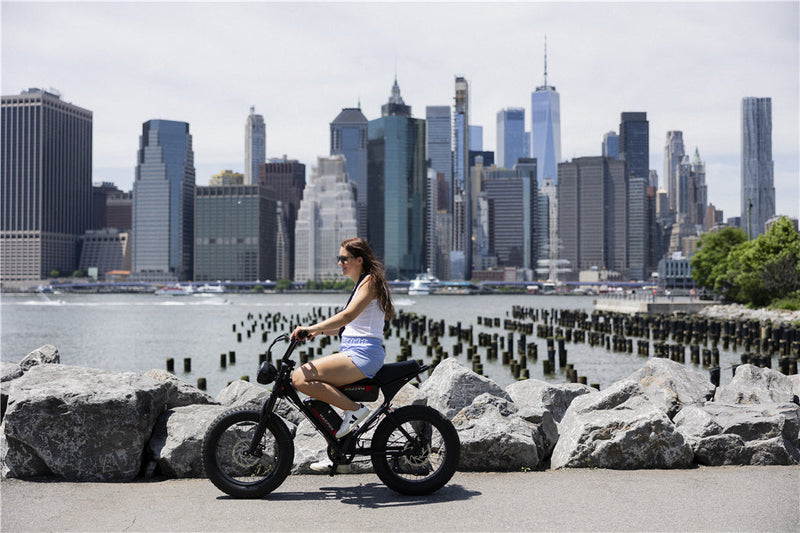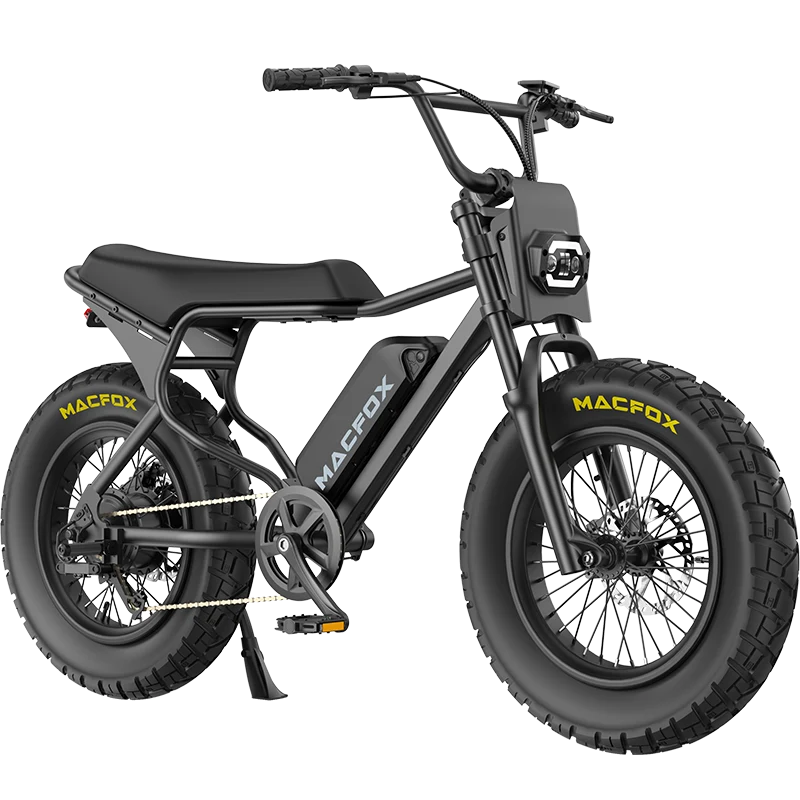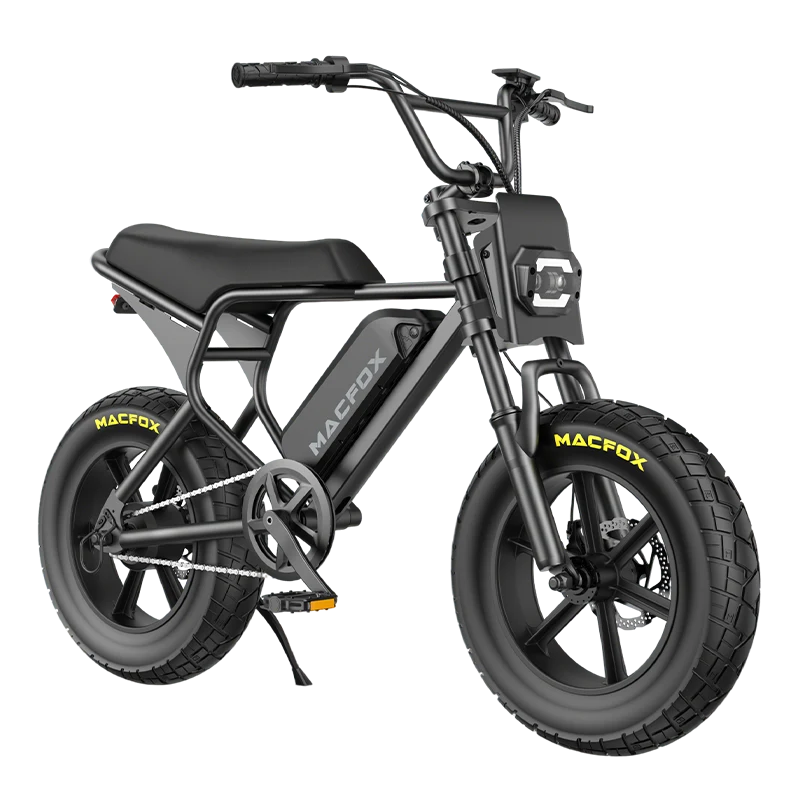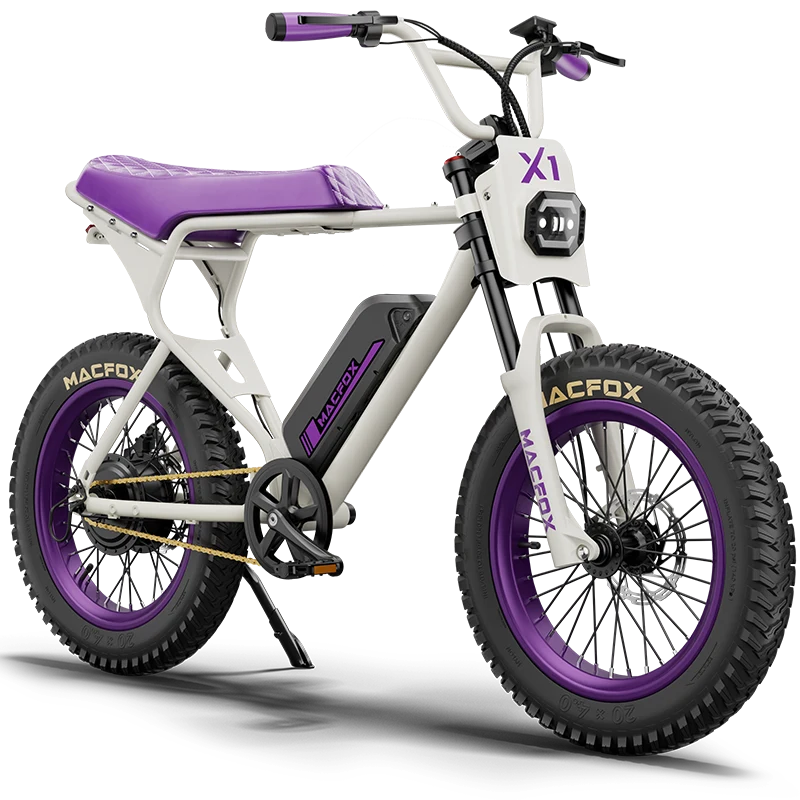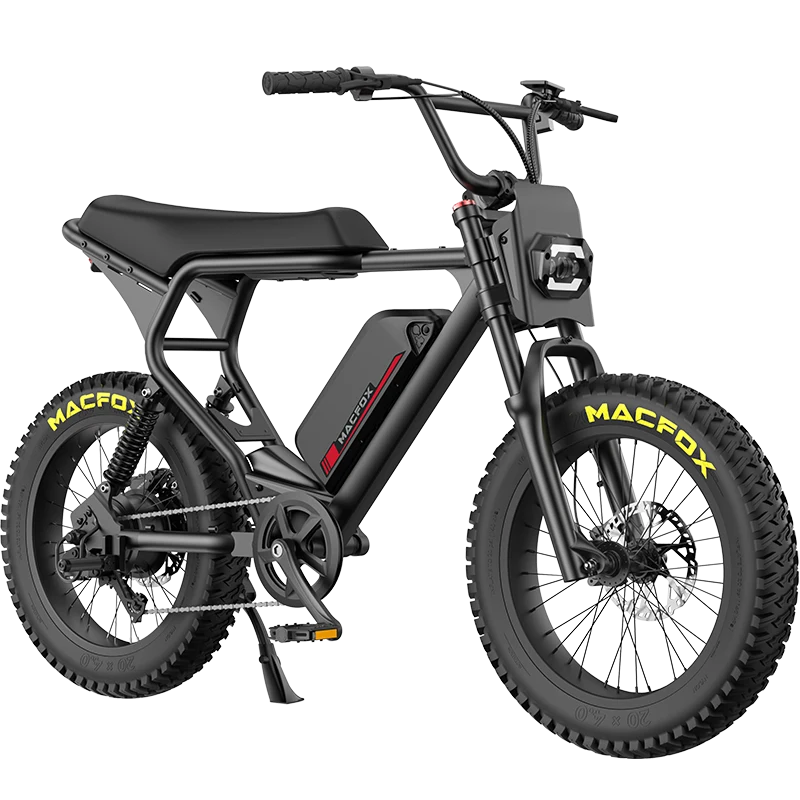As an electric bike rider, you know the importance of keeping your e-bike in good condition. Unfortunately, one of its greatest threats can come in the form of water, whether from raindrops or just wet roads. Water can enter unexpected places on an e-bike and cause costly repairs.
Manufacturers typically do not cover water damage under warranties, so it's up to you to take preventative steps to waterproof your electric bike and safeguard its investment.
Let's dive in and discuss how we can approach this correctly.
Why Waterproofing Your Electric Bike Is Essential
Water can be an e-bike's silent killer. Moisture ingress can damage all its essential components, such as the battery, wires, and motor.
Manufacturers build e-bikes to withstand moisture exposure, but excessive water exposure may cause corrosion, electrical malfunctions, and even system failure.
IP ratings of e-bike components provide valuable insight into how well they handle water exposure. For example, Bosch motors typically come equipped with an IP54 rating, indicating they can withstand splashes of water without being submerged, making informed decisions when buying or maintaining your bike easier. You must know these ratings to make knowledgeable choices when purchasing or supporting them.
Here's where the fun begins: many e-bike warranties do not cover battery water damage, meaning if your ride takes a turn for the worse and its battery becomes damaged, you could end up having to foot the bill yourself.
Waterproofing your e-bike is your best defense against water damage and other forms of destruction, not only from rain but also from other sources, such as spillage. Protecting the most vital parts will extend its lifespan significantly and give it longer use before it needs replacing again.
Step-by-Step Guide to Waterproofing Your Electric Bike
Waterproofing your electric bike is a key step to ensuring its longevity, especially in wet conditions. Below, we’ll walk through each step so you can take the necessary precautions and keep your bike in top shape.
Let's break this down:
Clean Your Electric Bike Before Waterproofing
The first step must be cleaning before waterproofing any product onto an electric bike. Dirt and grime buildup may prevent waterproofing materials from adhering correctly and trap moisture where they shouldn't.
Take time to wipe down all areas, such as the battery, wires, and motor, to protect a pristine surface.
By cleaning your bike thoroughly, you are setting it up for successful waterproofing products to stick better and last longer.
Protecting Your Electric Bike from Heavy Rain
Now that your bike is cleaned and in prime condition, let's discuss how we can ensure its continued protection in extreme weather conditions - not just waterproofing it but also how best to store and cover it during wet days.
Use Waterproof Covers for Extra Protection
On days when rain cannot be avoided, waterproof covers provide an easy and efficient way to shield your bike.
Imagine it as an umbrella for your e-bike: these covers protect from raindrops when you can't be there to shield its components from moisture absorption.
Even with all the available waterproofing techniques, having an additional cover provides additional protection for batteries and electrical parts.
Easy to operate, every serious e-bike rider should consider investing in one.
Read More: Electric Bike Brakes Not Working? Here’s What You Can Do
Maintaining Your Electric Bike After Exposure to Water
You can’t stop at waterproofing your bike once. After riding in the rain or storing it outside in wet conditions, regular maintenance is crucial.
This ensures that no moisture remains trapped and prevents rust or corrosion.
How to Clean and Dry Your Electric Bike After Riding in the Rain
Once you’ve finished riding in the rain, it’s essential to clean and dry your bike as soon as possible.
If you leave moisture on the bike for too long, it can cause lasting damage.
Start by drying off the battery, motor, and all wiring areas using a soft cloth.
Using a compressed air blower to blow off excess water from hard-to-reach spots is also a good idea.
This ensures no moisture lingers where it shouldn't be, keeping the electrical parts dry and operational.
Risks of High-Pressure Water Exposure
Many e-bike owners may not realize the risks of high-pressure water exposure. Using a pressure washer or riding through large puddles or water-filled areas can force water into parts of the bike that are meant to stay dry.
If you’ve been through deep water or used high-pressure water to clean your bike, it’s even more important to dry and inspect your bike thoroughly. Allow it to dry out before turning on the system.
Common Mistakes to Avoid When Waterproofing Your Electric Bike
Waterproofing your electric bike can be complicated and error-prone; here are a few common mistakes to watch out for that could compromise its protection.
Overuse of Waterproof Products
It may be tempting to overbuy waterproof products to achieve excellent protection, believing that more is better.
Any product that is misused unnecessarily can be harmful. Too much product can leave behind residue on your bike that attracts dirt and grime, eventually degrading waterproofing.
Follow all instructions carefully for any product you use, and apply in moderation.
By applying waterproofing sparingly, you'll preserve your bike's sleek appearance while guaranteeing its effective function without creating additional issues.
Using the Wrong Products
Not all waterproofing products are appropriate for e-bike components. Silicone-based sprays may work, and silicone is excellent at protecting motor components and battery terminals. However, abrasive or harsh products could damage delicate parts that require protection. Instead, opt for non-grinding electrical component-specific sprays explicitly designed to work on electrical parts.
Some of the top waterproofing products include:
- Sprayway's Silicone Spray (for motor and wiring)
- Muc-Off Motorcycle Protectant (for general coverage)
- Finish Line's Wet Lube (for the chain and drivetrain)
Protecting Your Electric Bike from Water Damage in the Long Run
Waterproofing isn’t just about doing it once and forgetting about it.
To really keep your bike protected over time, you need to take steps to care for the components regularly and keep them sealed from the elements. After all, you're not just trying to survive one ride—you're making an investment in the longevity of your bike.
Battery Care in Wet Conditions
Your electric bike's battery is at its core, and if you fail to provide proper care for it in wet conditions, it can suffer serious repercussions.
After every ride in the rain, inspect your battery or its terminals for signs of moisture.
Use a dry towel to wipe it down quickly as necessary. Whenever your bike is stored away for any period of time, the battery should be fully charged and dry in an accessible location.
Moisture on battery terminals can lead to corrosion and ultimately be fatal for your battery's long-term viability.
Storage Tips for Wet Conditions
If you store your bicycle outdoors during the rainy season, ensure it is enclosed and windproof, using a waterproof cover, preferably off the ground. A bike rack or elevated surface helps prevent water from pooling around critical components like the battery and motor.
Conclusion
Waterproofing your e-bike goes beyond simply keeping it dry - it also involves protecting its most essential components from moisture damage.
By following these steps, you can ensure your bike keeps running smoothly during rainy rides.
Remember that no e-bike warranty covers water damage; taking preventative steps to waterproof your e-bike will save time, money, and frustration in the long run.
FAQs
Is It Okay to Ride My Electric Bike in Heavy Rain?
Just be cautious to avoid deep puddles and downpours as you ride and dry off as soon as you finish riding in the wet.
How often should I waterproof my electric bike?
An optimal time is once every month or after heavy rainfall or exposure to wet roads. Reapply with waterproofing products after such events.
Can My Electric Bike be Completely Watertight After Being Treated?
No bike can ever be completely waterproofed; however, proper waterproofing substantially lowers the risk of damage and must be maintained continuously to remain operational. Regular servicing should ensure maximum results from waterproofing efforts.


